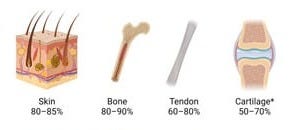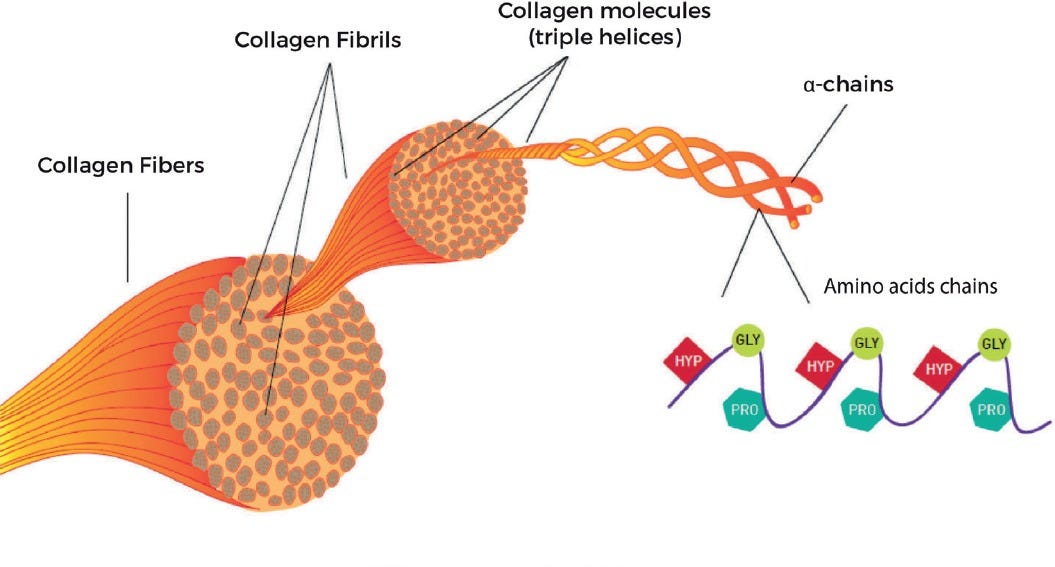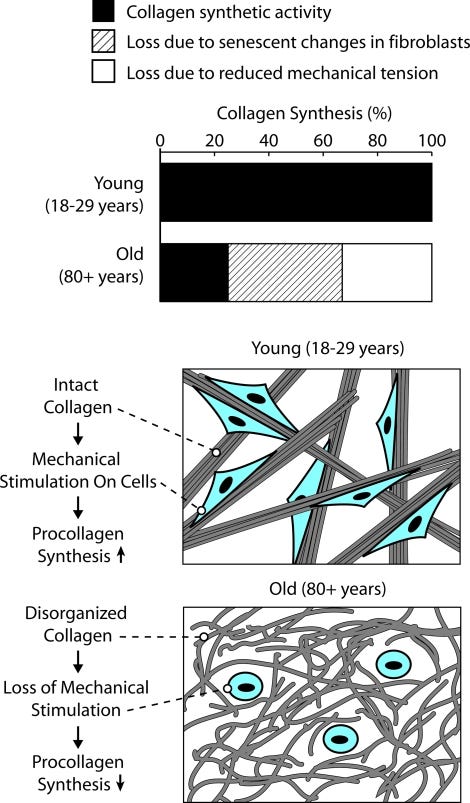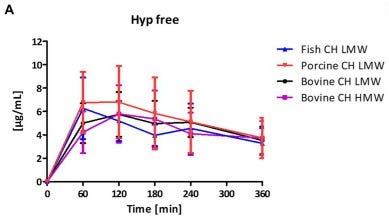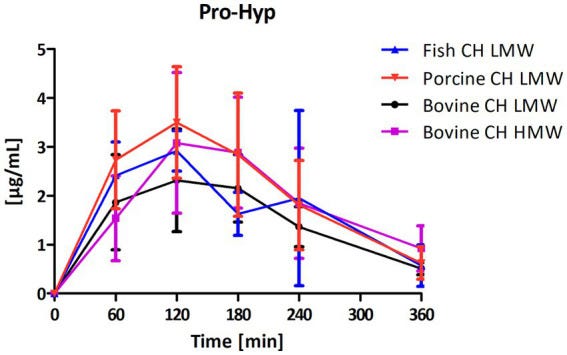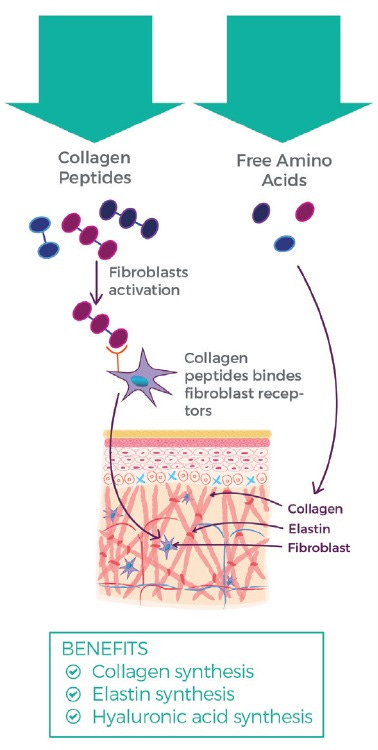Supplement Spotlight Series #3: Collagen
A Comprehensive Guide to Collagen Peptides - Benefits, Protocol, & Brands
Welcome back loyal subscribers - we’re delivering another round of the supplement spotlight series this week.
You’ll find few other supplements whose efficacy is debated more in the health space than the one we're discussing today: collagen peptides. Some will claim useless. Others deem it the fountain of youth.
Many who fall into the former camp are critical of its effectiveness in a single category - most notably as a supplement for muscle hypertrophy & strength. But as we'll see, it's not to diminish the other use cases it has a compelling application for. With much of the research being conducted in the last 5 years alone, we'll extract the signal from the noise on what those benefits are (& what they’re likely not).
What we’ll cover this week:
What is collagen?
How it works
Benefits (as seen through the latest research)
Dosing
Some brands I personally trust
What is Collagen?
Before we get into the effectiveness of supplementing with collagen, we need to understand the utility of collagen in our own bodies. The word collagen is derived from the Greek term κόλλα (kólla) meaning glue.
As the most common protein in the human body, collagen serves as the main structural component of our extracellular matrix making up ~30% of the total protein content in the body. Think of it as the "bio-scaffolding" of our connective tissue with a relatively simple function: to provide the body structural integrity. Because of its robust biomechanical properties - high tensile strength, stretch resistance, & high rigidity - it’s the ideal material for skin, tendons, bones, & joints. Nature knows.
We categorize collagen into 29 different types - all of which are made up of a repeating triple amino acid chain. It’s the triple helix structure of collagen that gives it its uniquely high tensile strength property. Gram-for-gram, collagen fibrils have 5 - 10x more tensile strength than steel.
The five primary ones worth spotlighting make up > 95% of the total collagen produced for humans:
Type I: Connective tissue in skin, bone, teeth, tendon, ligaments, vasculature, & organs (>90% of collagen in humans)
Type II: Cartilage
Type III: Skin, muscle, & blood vessels
Type IV: Cell membranes & basal lamina
Type V: Cell surfaces & placenta
After our mid-20s, collagen production naturally declines by ~1% per year. Not only that, but the existing collagen we have tends to degrade more quickly as well. By age 45, collagen production is reduced 25%. By age 60 it’s reduced 50%. And by age 80, we see a decrease of ~75%. As a result, this is how we get more wrinkles & skin dullness and less skin hydration & elasticity as we age.
Now this is where collagen peptides supplementation comes in.
We refer to the supplement form as hydrolyzed collagen peptides. As a supplement, it doesn’t exist as a full collagen molecule. Instead we get a broken down form of smaller, more digestible bioactive dipeptide & tripeptide components.
We’ll get into how exactly this works next.
Mechanism of Action
As always, if you’re less interested in how collagen functions, feel free to skip down to the next section - “Health Benefits”. But I’ll keep this section to a cursory overview of the main mechanisms of how collagen acts on our body.
When collagen peptides started to gain popularity in the mid 2010s, many critics thought of the notion as seemingly preposterous. Namely, the idea oral collagen is simply digested and moved to the skin where it's synthesized directly into the extracellular matrix. But this isn't what's happening. We can think of the absorption of collagen as a signal for endogenous production. This signal stimulates the collagen producing cells called fibroblasts to create more collagen & hyaluronic acid (gives hydration & elasticity to the skin). We'll get into the nuance of how this mechanism varies at the periphery. But first we'll cover the general mechanism.
After ingesting, the absorption of collagen peptides starts in the GI tract. A significant portion of collagen peptides are absorbed intact as dipeptides & tripeptides. These peptides & amino acids then get broken down further primarily into glycine, proline, & hydroxyproline. Specific transport systems (i.e. PepT1) next enables the movement of peptides across cells in the small intestine. The absorption is relatively quick - maximum plasma concentrations typically reached within 100-130 minutes after consuming. ~90% of orally administered collagen is absorbed within 10 hours of ingestion, with up to 47% absorbed within the first hour.
Once absorbed & entered into the bloodstream, collagen peptides undergo further metabolism & distribution. The absorbed peptides and amino acids facilitate the rise of bioactive peptides measured in the blood where they serve as signaling molecules for endogenous collagen production. Proline-hydroxyproline is typically seen as the most abundant one present.
Others that function as the building blocks of collagen biosynthesis remain at relatively high concentrations in circulation for up to 12 hrs & in trace levels for 2 weeks: hydroxyproline-glycine, proline-glycine, glycine-proline, & glycine-proline-hydroxyproline.
While the above details the general mechanism for ingestion, absorption, & distribution, there are different tissue-specific mechanisms happening at the periphery:
Skin: bioactive peptides bind to receptors on fibroblast membranes → stimulates fibroblast proliferation → reduces the activity of matrix metalloproteinases (MMP-1 & MMP-3) → increases collagen, elastin, & hyaluronic acid synthesis → improves skin hydration & elasticity → reduces wrinkles
Joints & cartilage: bioactive peptides activate chondrocytes (for cartilage formation) → upregulates type II collagen synthesis → suppresses pro-inflammatory cytokines (i.e. IL-1β, TNF-α) → improves joint flexibility & mobility
Bone: bioactive peptides stimulate osteoblasts (for bone formation) → facilitates the deposition of hydroxyapatite crystals → downregulates osteoclast pathways (responsible for bone degradation) → enhances bone mineral density
Health Benefits
We'll begin with some of the stronger use cases having more robust levels of clinical evidence and supported even further by anecdata. As we know here on the BTP newsletter though, not all research is equal. I'll outline in these specific use cases some elements of the studies that may diminish the results or weaken the level of evidence/fall up against scientific rigor. While we'll discuss the potential benefits of what collagen is capable of delivering, we'll also seek to clarify what it should not be confused for.
Skin Health
Starting with what is commonly regarded as collagen’s most compelling use case: improvement of skin health.
Wrinkle Reduction
Following 12 weeks of collagen peptides supplementation, female subjects in the treatment group significantly improved measures of skin wrinkling compared to the placebo group.
First, the collagen group saw a 10.5x greater improvement in the visually assessed Crow’s feet score relative to placebo - a common metric of evaluating skin wrinkling on the outer corners of the eyes.
Wrinkling parameters of skin roughness & smoothness depth were also measured. After 12 weeks, the collagen group saw significant improvements of 5% & 14% in average skin roughness & smoothness depth from baseline, respectively, while the placebo group observed worse conditions in both parameters.
Skin Roughness, Density & Hydration Improvement
Keep reading with a 7-day free trial
Subscribe to BowTiedPhys to keep reading this post and get 7 days of free access to the full post archives.




